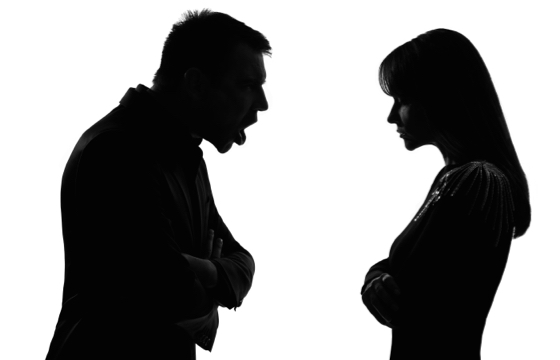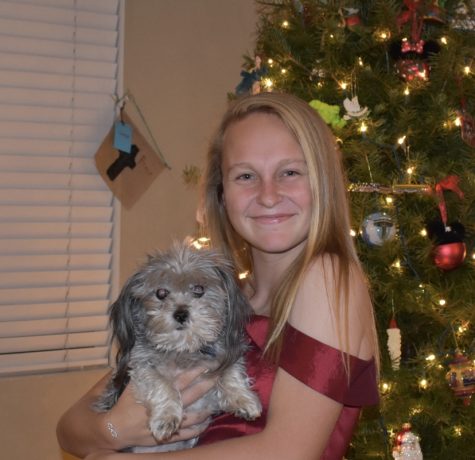Books & Movies Are Creating Toxic Relationship Ideas for Young Girls
November 20, 2020
From a young age girls are exposed to movies that paint toxic ideals for future relationships. As we grow up and start reading more, we find some of the same ideals in books as well. These ideals are more apparent in most young adult novels. However, we don’t realize the toxic ideals the books and movies created until we look back on it at an older age.
In most children movies, where there is a romantic relationship, the couple starts out as enemies or they start out arguing with each other. For example, in the Disney princess movie, The Princess and the Frog, the two main characters start out arguing. They disagree and bicker at the beginning of their journey, but they eventually bond over their common struggle and grow closer.
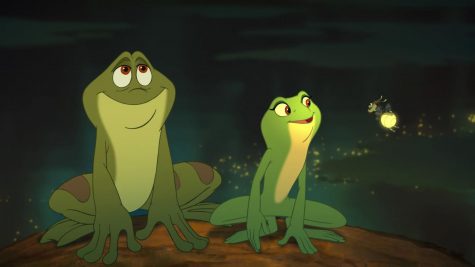
In most Disney movies, the two main characters that have a romantic connection start out either arguing or one of them is lying when they meet. Both of these circumstances create a bad basis for the rest of their friendship and romantic relationship. Young girls watch these movies and comprehend how these relationships start. Once they start to see this over and over again, they start to think that this is how relationships should start. This method is usually toxic and it will unintentionally lead these girls into unhealthy relationships in the future.
As these young girls grow up into teenagers and young adults, there is more exposure to these toxic relationship ideals. In the television show, Friends, Ross and Rachel are a toxic couple. They argue often, they are in an on again off again relationship, they become easily jealous, they often lack communication, and they don’t trust each other. However, Ross and Rachel are seen by society as an amazing couple that should last for the rest of their lifetime. The toxic habits in their relationship are overlooked.
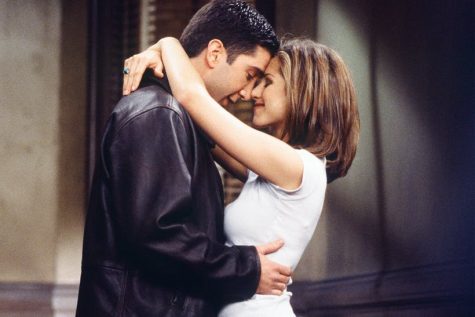
Another example of an unhealthy relationship is Bella and Edward in the Twilight saga. When Edward leaves Bella in New Moon, Bella slips into a severe depressive state. She experiences multiple anxiety attacks, including vivid nightmares. She tries to experience as much adrenaline as possible while Edward is gone. From an outside view, however, it seems as if she is attempting suicide. In the end, she gives up everything to be with him for an eternity. This story is also romanticized by the public, but when looking deeper into it, the toxic habits are apparent. Young adults read this story and crave a relationship like Edward and Bella without realizing how toxic their relationship truly is.
Other examples of toxic couples that are romanticized by society are Romeo and Juliet from Romeo and Juliet, Jackson and Ally from A Star is Born, the Beast and Belle from Beauty and the Beast, Harley Quinn and the Joker from Suicide Squad, Kathleen and Joe from You’ve Got Mail, and Veronica and Archie from Riverdale.
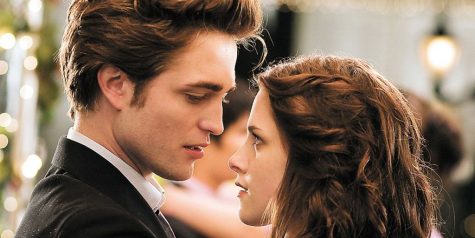
In most young adult novels about love, there is some sort of toxicity within the main couple’s relationship. This usually is starting the relationship based on a lie, arguing and bickering at the beginning of the relationship, a lack of communication within the relationship, or keeping something from their significant other. We as people absorb the things we read and it shapes who we are. If young adults are constantly reading these novels, they will start to believe that the toxic relationships are instead healthy ones. They will look for the unhealthy habits in their real life future relationships without fully understanding the consequences of these things.
The most recent series I read that included a truly toxic relationship was the After series by Anna Todd. The book series is extremely different compared to the movies. The books describe in detail the unhealthy habits within Tessa and Hardin’s relationship. Hardin’s anger issues and alcohol abuse caused severe problems in their relationship. Tessa had a lack of trust in Hardin which put a strain on their entire relationship and the amount of communication that happened. The lack of communication allowed both of them to keep secrets and create a ticking time bomb that would eventually break them up. Tessa and Hardin love very deeply and strongly, but in the end their relationship was toxic and damaging for both parties no matter what changes they tried to make.
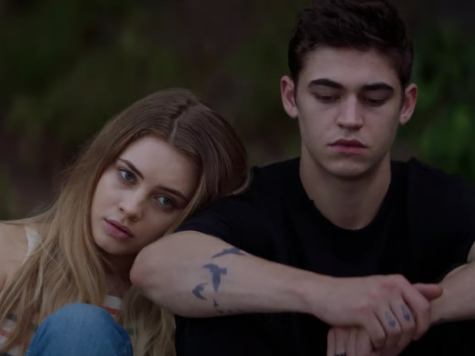
A senior at Alta Loma High School, Samantha, shared her story involving toxic relationship ideals created by the books and movies she grew up with. She explained that growing up, she always fantasized by the bad boy being kind only to her, type of relationship. “I have always been attracted to the bad guys,” she explained. “I always wanted to be the exception. I wanted to be the one who could change him.” She went on to relive some of the relationships she had been in. They were with the bad guys and they didn’t go exactly like she thought they would. She couldn’t change them and they ended up breaking her heart.
She explained that growing up, she always read the books where the bad guy changed for the girl. Samantha thought that was a common possibility in real life, however over time, she realized it was not. “When I look back on the books I read, I can see the toxic traits in the relationships. I can also see how those toxic traits carried into my real life and into my past relationships,” she reflected.
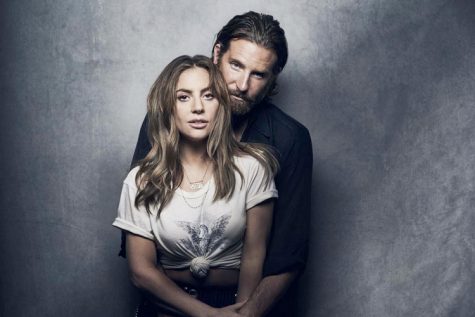
Another student at Alta Loma High School, Vanessa, had similar experiences as Samantha. She put herself in toxic relationships because that was her definition of healthy and sweet. “I wish publishers and producers realized the affect they were having on the young people in society,” she shared. ” If I didn’t grow up romanticizing toxic relationships, I don’t think I would’ve experienced the heartbreaks I did. I want to save the young girls from experiencing that same heartbreak, something needs to change.”
The relationships that books and movies romanticize need to start changing. Instead of romanticizing toxic relationship ideals, society should instead start romanticizing healthy relationships. Young girls absorb the information that publishers and producers are creating, whether it is toxic or healthy. There should no longer be a question of whether a relationship is toxic or healthy. Society should only be publicizing the healthy relationships so young girls have a good idea to look up to in the future.

